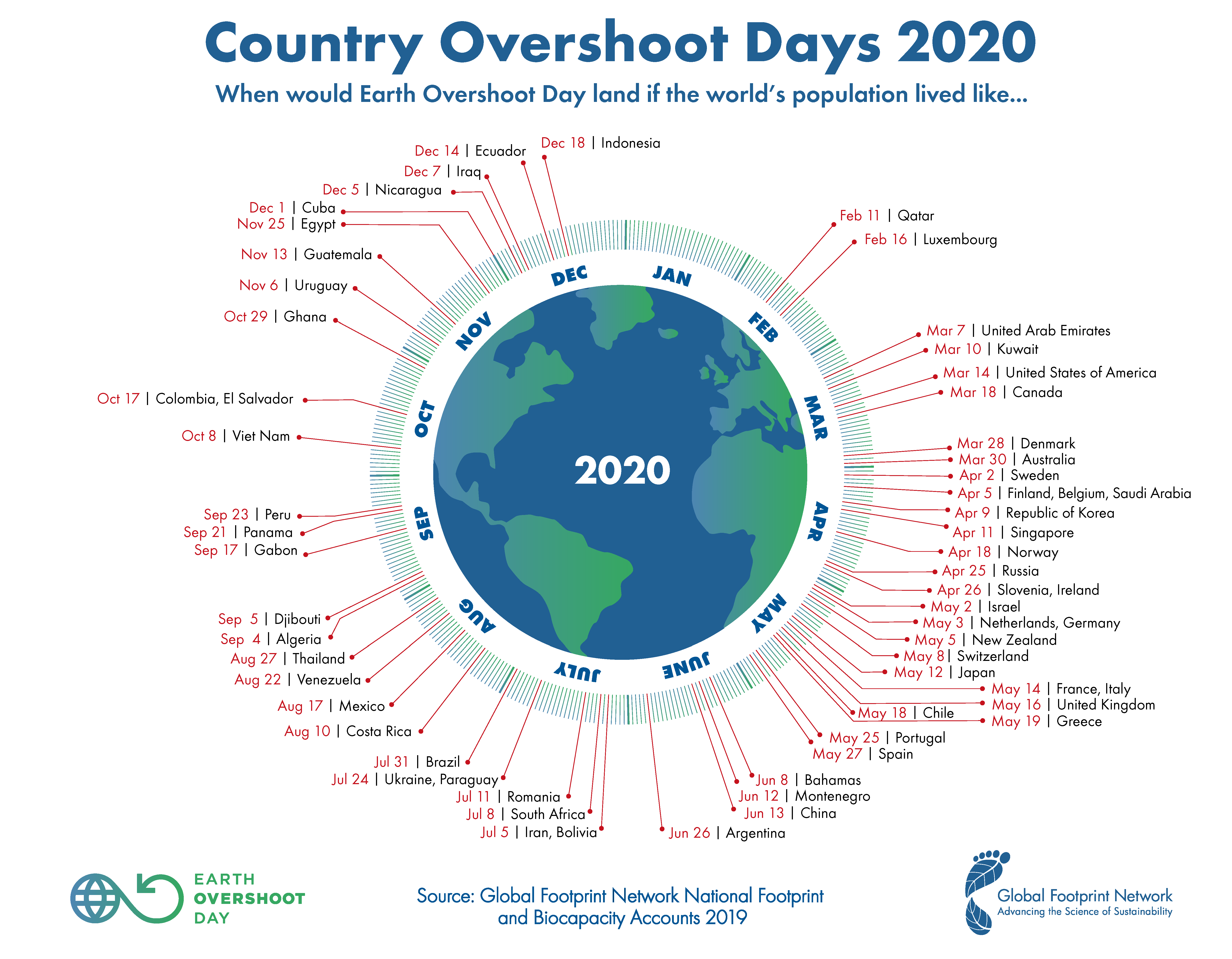Due to Coronavirus, it is still too early to tell data for 2020. Last year the overshoot day arrived early, from 29 July the Earth was sold out. We had entirely consumed the resources that our planet makes available throughout the year. In particular: food, fiber, occupied space, and CO2 absorption.

But how did we get to this unsustainable situation?
In the linear economic model, the cycle of a product involves the purchase, consumption and subsequently the disposal of residual waste. This has been a model used for a long time and which will never completely disappear, but due to its intrinsic nature, it involves a lot of waste and considerable utilization of resources.
In the 21st century, a change of perspective is necessary.
The solution is an alternative model: the so-called circular economy, which promotes reduced and more efficient use of resources within the production process.
The guiding principles of this model are:
- Extend the life cycle of an asset;
- Increase its use to prevent it being discarded ahead of time;
- Encourage the recycling of every part of the asset, identifying new uses and thus giving it a new life;
- Regenerate the biosphere nutrients.
In light of changing public opinion, embracing the circular economy is a necessity for all future-looking businesses. According to the Ellen MacArthur Foundation, the economic benefit that this approach will bring in Europe by 2030 is equal to 1.8 billion euros. The reduction in greenhouse gas emissions is quantified at 48%, with even a more limited use of natural resources in many production processes, quantifiable at 32%.
The circular economy creates a perfect combination with new technologies, in particular with the Internet of Things.
The IoT (Internet of Things) systems are composed of interconnected “intelligent” sensors, which are activated automatically. Specifically, these are wireless sensors that detect data and continuously process information to know, in real-time, the status and conditions of the monitored asset. The adoption of these technologies makes it possible to optimize processes, increase efficiency and reduce waste, with consequent cost-cutting.
The fields of application of these IoT devices are innumerable.
For example in agriculture, IoT is applied in the field to irrigate only when necessary and in the right amount, thus optimizing water consumption. The same is true for the use of soil nutrients and other substances.
In the industrial sector, intelligent sensors applied to machinery enable to check continuously the health of the monitored asset. In this way it is possible to carry out scheduled maintenance, extending the life of the asset and avoiding breakages that would cause production to stop.
The tools to carry out the transformation from a linear economic model to a circular economy, which is essential to guarantee a sustainable future for the new generations, are available. However, to be able to apply this model effectively and efficiently, it is necessary to bring on board everyone, especially public bodies and private companies.

